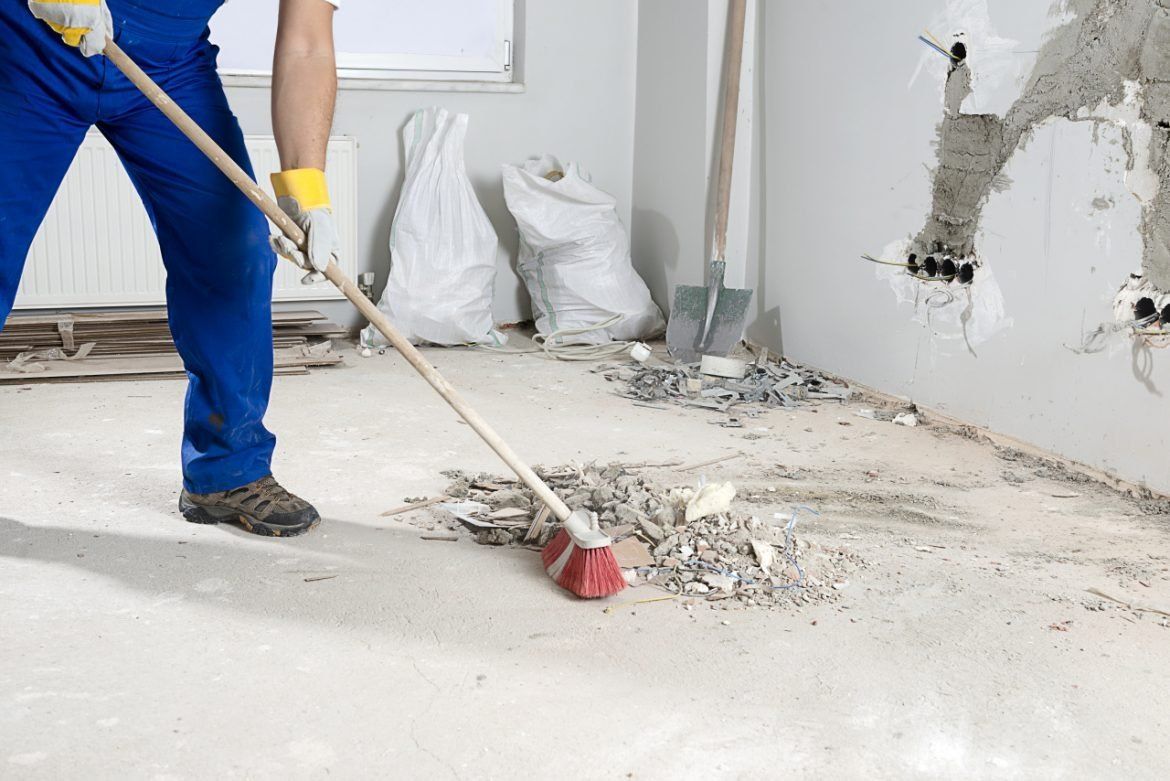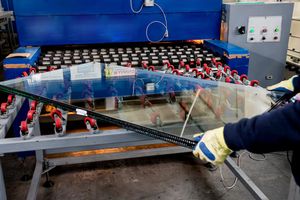Construction Cleaning Services Explained: Discover Processes, Techniques, and Safety Insights
Construction cleaning refers to the process of removing debris, dust, and waste from a construction site during and after building work. It ensures that the site transitions smoothly from a work zone to a ready-for-use environment. This process usually happens in stages—often described as the rough clean, final clean, and touch-up or detail clean.
Construction activities such as plastering, painting, sanding, and cutting materials generate large amounts of dust and residues. Without cleaning, this dust can pose health risks, damage finishes, and delay the handover of the site. The practice of structured cleaning exists to promote safety, maintain quality standards, and meet environmental requirements.

In countries like India, where urban construction and renovation are continuous, cleaning has a dual purpose—improving on-site safety and minimizing environmental pollution caused by dust and waste. It supports sustainable development and ensures that completed projects are safe, healthy, and ready for occupation.
Importance – Why it matters today, who it affects, and what problems it solves
Construction cleaning plays a crucial role across multiple areas:
Who it affects
-
Construction workers: A clean, organized site reduces hazards like slips or falls.
-
Building occupants: Clean interiors ensure good air quality and hygiene before occupancy.
-
Neighbours and the environment: Dust suppression prevents pollution and waste runoff.
-
Property owners: Timely cleaning prevents delays during project completion and inspections.
Problems it helps solve
-
Health and safety risks: Cleaning reduces dust inhalation, tripping hazards, and exposure to sharp debris.
-
Environmental pollution: Debris management helps control particulate matter emissions and prevents soil or water contamination.
-
Project delays: Clean work areas improve visibility, workflow, and enable faster quality checks.
-
Finishing quality: Removing dust before painting or installing fixtures ensures cleaner, smoother results.
A structured approach to cleaning enhances worker efficiency, prevents rework, and improves overall productivity. It also aligns with modern sustainability goals by incorporating waste reduction and recycling methods.
| Impact Area | Key Concern | Cleaning Role |
|---|---|---|
| Worker safety | Debris and dust hazards | Debris removal, dust suppression |
| Occupant health | Poor air quality | Surface and ventilation cleaning |
| Environmental quality | Pollutant emissions | Eco-friendly waste management |
| Project delivery | Handover delays | Phase-wise structured cleaning |
Recent Updates – Trends and changes in 2024–2025
Recent years have brought significant changes in how construction cleaning is managed and performed:
-
Green cleaning practices: There is a growing shift toward biodegradable and non-toxic cleaning agents to reduce environmental impact.
-
Technology integration: Construction projects are adopting dust sensors, smart monitoring tools, and automated cleaning machines to maintain consistent cleanliness standards.
-
Increased regulation: Urban authorities have tightened air-quality norms and waste-disposal requirements for construction sites. Some cities now require installation of dust monitoring equipment at large projects.
-
Sustainability emphasis: Builders are expected to follow eco-friendly cleaning protocols that minimize water and chemical use.
-
Three-phase cleaning approach: The phased model—rough, final, and detail cleaning—has become a global standard for post-construction readiness.
These trends reflect the growing awareness that cleaning is integral to both safety and sustainability, not just an afterthought once construction ends.
Laws or Policies – Rules and regulations that influence construction cleaning
Construction cleaning operations are governed by various safety, environmental, and occupational regulations. In India, several frameworks influence on-site hygiene and debris management:
-
The Building and Other Construction Workers (Regulation of Employment and Conditions of Service) Act, 1996: Ensures worker health, safety, and welfare on construction sites.
-
Occupational Safety, Health and Working Conditions Code, 2020: Consolidates multiple safety and health laws, covering dust control, site hygiene, and protective measures.
-
Municipal bylaws: Local authorities require builders to manage and dispose of construction and demolition waste through approved facilities. Unauthorized dumping can result in stop-work notices or penalties.
-
Air-quality regulations: Under national and local clean-air initiatives, sites must control dust through measures like barriers, sprinkling, and covered transport of materials.
-
Environmental management guidelines: Projects are encouraged to use sustainable cleaning materials, minimize chemical discharge, and manage debris responsibly.
Compliance with these regulations ensures that construction cleaning not only improves aesthetics but also protects public health and the environment.
Tools and Resources – Helpful aids for construction cleaning
Modern construction cleaning benefits from a combination of tools, resources, and organizational methods.
Common Tools and Equipment
-
Industrial vacuum cleaners with HEPA filters for fine dust removal.
-
Water-spray systems or misting devices for dust suppression.
-
Floor scrubbers and pressure washers for large-area cleaning.
-
Protective gear such as masks, gloves, and helmets for safety.
Useful Resources and Practices
-
Cleaning checklists: Detailed task lists help ensure no area is missed during cleaning.
-
Air-quality monitoring devices: Portable sensors track PM10 and PM2.5 levels on-site.
-
Project management software: Tools for scheduling cleaning phases alongside construction activities.
-
Eco-friendly product directories: Databases that list approved non-toxic cleaning materials.
-
Training manuals: Guides that educate workers on proper cleaning methods and waste handling.
Implementing structured tools and consistent checklists helps ensure compliance with standards and supports a culture of safety and accountability on site.
FAQs – Frequently asked questions
Q1. What are the main stages of construction cleaning?
The process generally has three phases:
-
Rough cleaning: Removes heavy debris and large waste after structural work.
-
Final cleaning: Focuses on fine dust, surfaces, windows, and fixtures before handover.
-
Touch-up cleaning: Addresses minor dust or smudges that appear before occupancy.
Q2. Why is dust control so important in construction?
Dust contains fine particles that can cause respiratory problems, reduce visibility, and damage finishes. Effective dust control—through suppression, vacuuming, and filtration—protects workers and keeps projects compliant with safety regulations.
Q3. Are there legal requirements for construction site cleanliness?
While no law exclusively targets cleaning, several regulations cover on-site hygiene, worker safety, and waste management. Following these ensures compliance and helps avoid penalties from local authorities.
Q4. What techniques improve cleaning efficiency on large sites?
Using industrial equipment, scheduling cleaning after each major construction phase, and adopting systematic checklists help manage large projects efficiently. Combining manual cleaning with mechanical tools saves time and ensures consistent results.
Q5. How can cleaning be made more sustainable?
Sustainability in cleaning can be achieved by using water-efficient equipment, biodegradable products, reusable cleaning materials, and proper waste segregation for recycling or safe disposal.
Conclusion
Construction cleaning is a vital part of any building project, bridging the gap between construction completion and final handover. It enhances safety, preserves environmental quality, and ensures structures are healthy and ready for use.
As sustainability, technology, and regulatory oversight continue to evolve, the importance of systematic cleaning practices will only grow. By integrating modern techniques, eco-friendly materials, and compliance-based processes, construction teams can maintain cleaner, safer, and more responsible work environments—benefiting workers, occupants, and the community alike.





